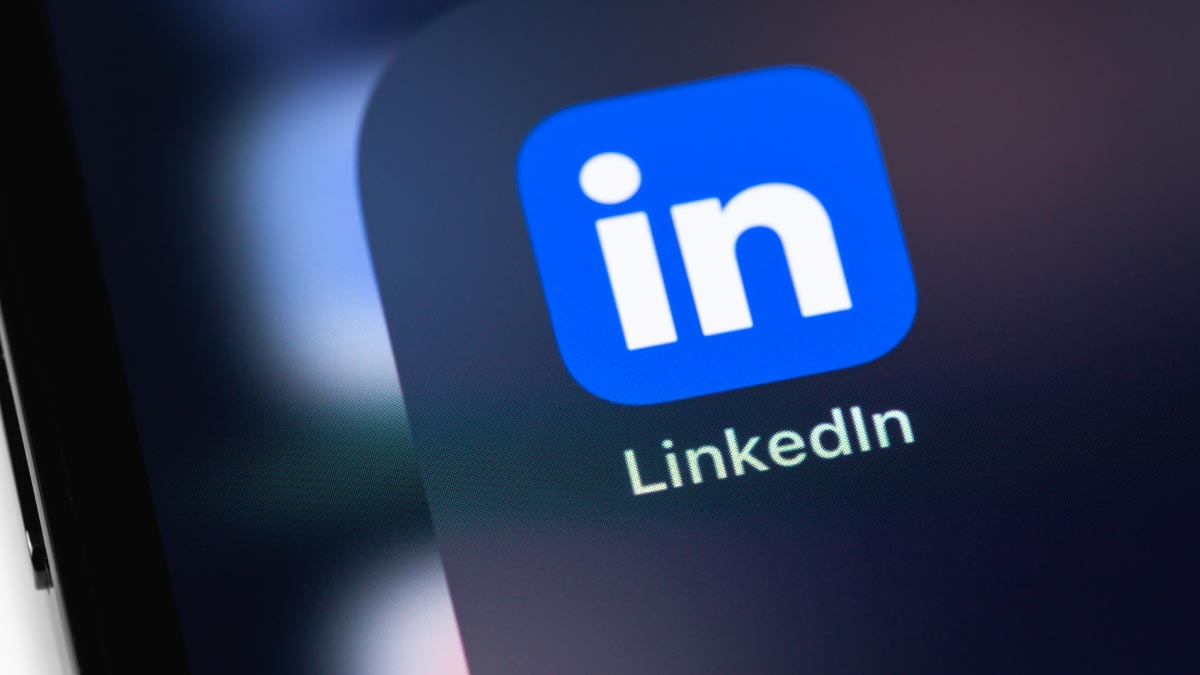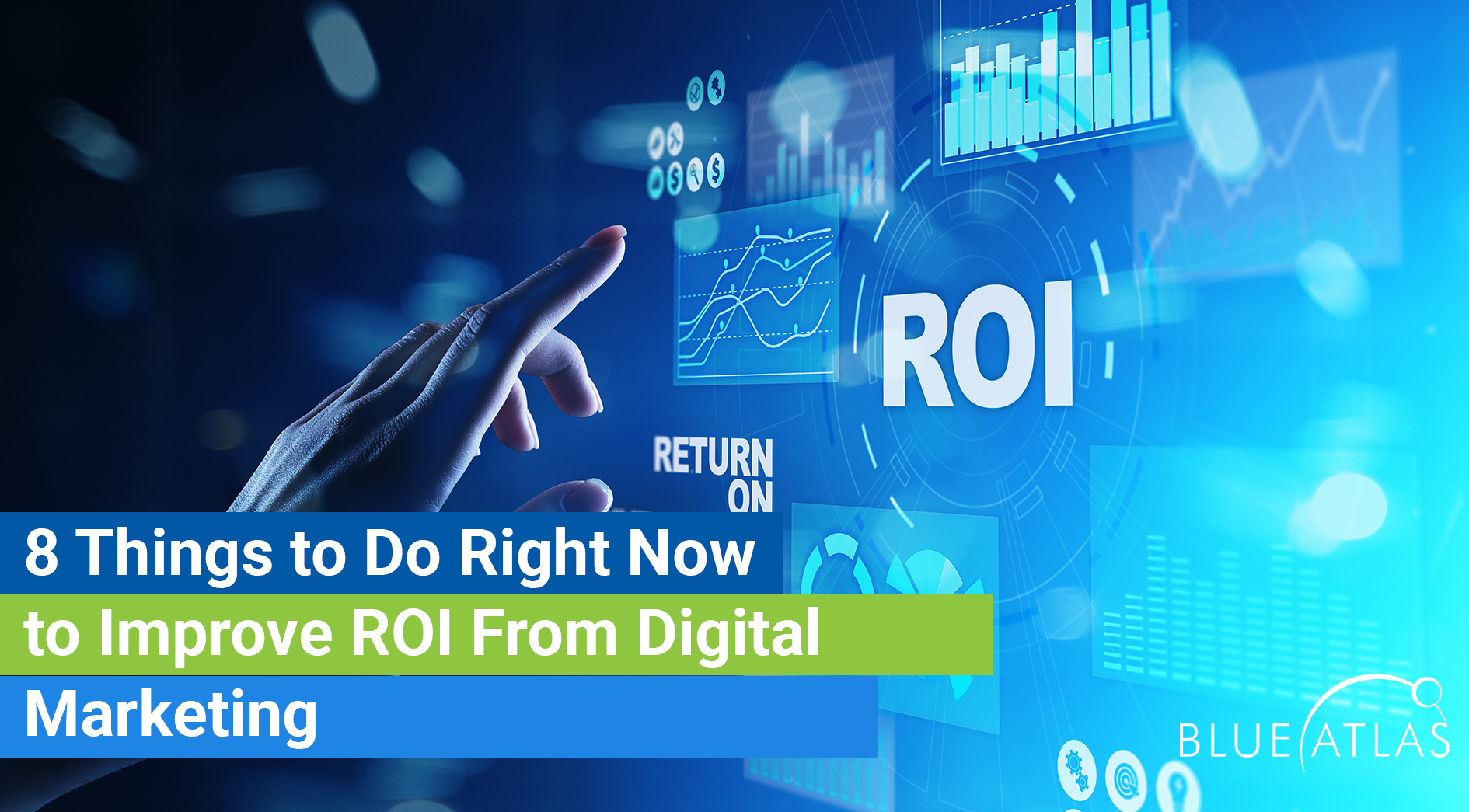Effective LinkedIn Marketing Strategies You Need to Know
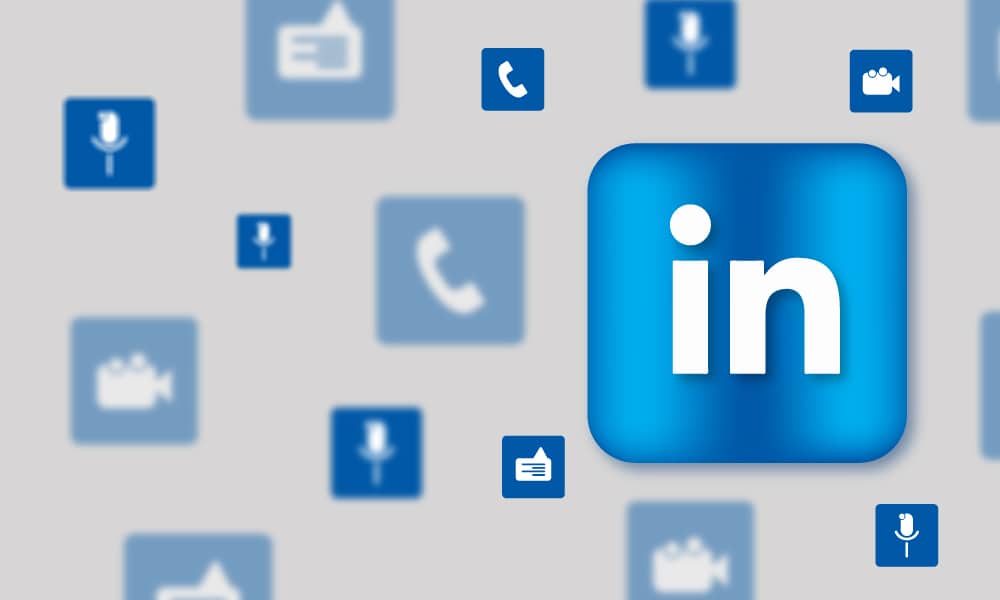
In today’s media landscape, a robust LinkedIn Marketing Strategy is key for B2B companies, especially in industrial sectors. LinkedIn, with over 950 million users, stands as the largest professional networking platform, making it indispensable for marketing managers, content marketers, operations managers, business owners, and the workforce.
This article explores proven tactics for 2024, offering insights into leveraging LinkedIn for organic and practical social marketing.
Understanding these strategies will equip you to enhance your brand’s presence, effectively engage with your target audience, and achieve measurable business growth.
Key Takeaways:
Understanding LinkedIn Marketing
With over 950 million users, LinkedIn is the biggest professional network online. Think of it as a giant hub where you can find jobs and internships, connect with colleagues, and learn new skills to crush your career goals.
Accessible from anywhere—desktop, phone app, or mobile web—LinkedIn is packed with tools and features for building a strong online presence.
But here’s the marketer’s secret: LinkedIn is a goldmine for reaching the perfect audience. Connect with industry pros, build genuine relationships, and watch your business grow.
Key Benefits and Importance for Businesses
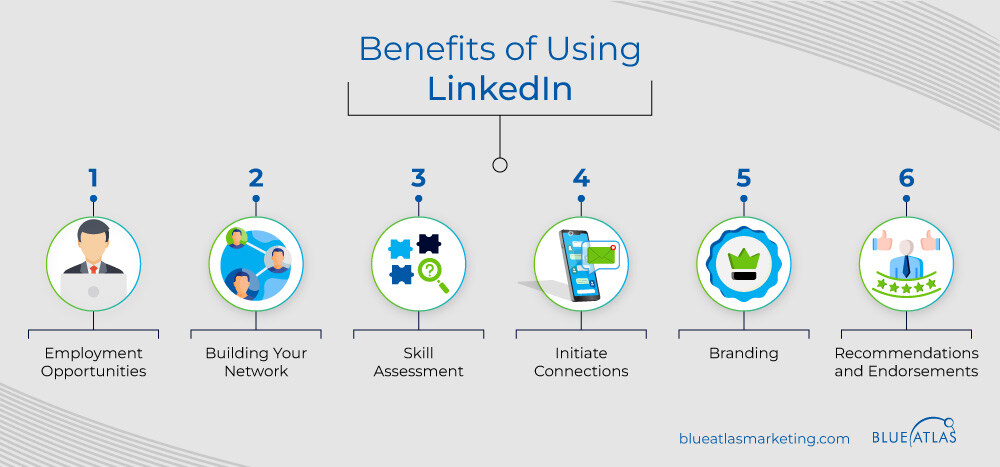
- Employment Opportunities: LinkedIn simplifies job applications, making it easier to attract top talent.
- Building Your Network: Helps businesses identify and connect with potential clients or partners.
- Skill Assessments: Facilitates skill assessments, aiding in talent acquisition.
- Initiate Connections: Supports the creation of meaningful professional relationships.
- Branding: Enables businesses to showcase their expertise and thought leadership.
- Recommendations and Endorsements: Build credibility and trust within the industry.
LinkedIn vs Other Social Media Platforms
| Platform | Target Audience | Pros | Cons |
| Professionals, B2B companies | Highly targeted, professional network, B2B focus, rich analytics | Can be less engaging for B2C audiences | |
| X | Broad audience, individuals, brands | Wide reach, high engagement | Less professional focus, more on opinion |
| Broad audience, individuals, brands | Huge user base, versatile ad formats | Increasingly pay-to-play, less organic reach | |
| Millennials, Gen Z, visual brands | Visual engagement, high interaction rates | Limited text, not ideal for B2B | |
| TikTok | Gen Z, young millennials | Viral potential, creative type of content | Short content lifespan, less business focus |
| YouTube | All demographics, content creators | Video engagement, long-form content potential | High production effort, competitive |
LinkedIn stands out from traditional social media platforms like Facebook and Instagram. While the latter are effective in reaching a broad audience, LinkedIn is tailored for professionals.
This unique approach enables companies to engage with their target clientele and monitor marketing performance using robust analytics. Picture it as a specialized networking gathering for B2B enterprises – the emphasis is on forging relationships and evaluating achievements.
Crafting Your LinkedIn Marketing Strategy
Setting Clear Goals and Objectives
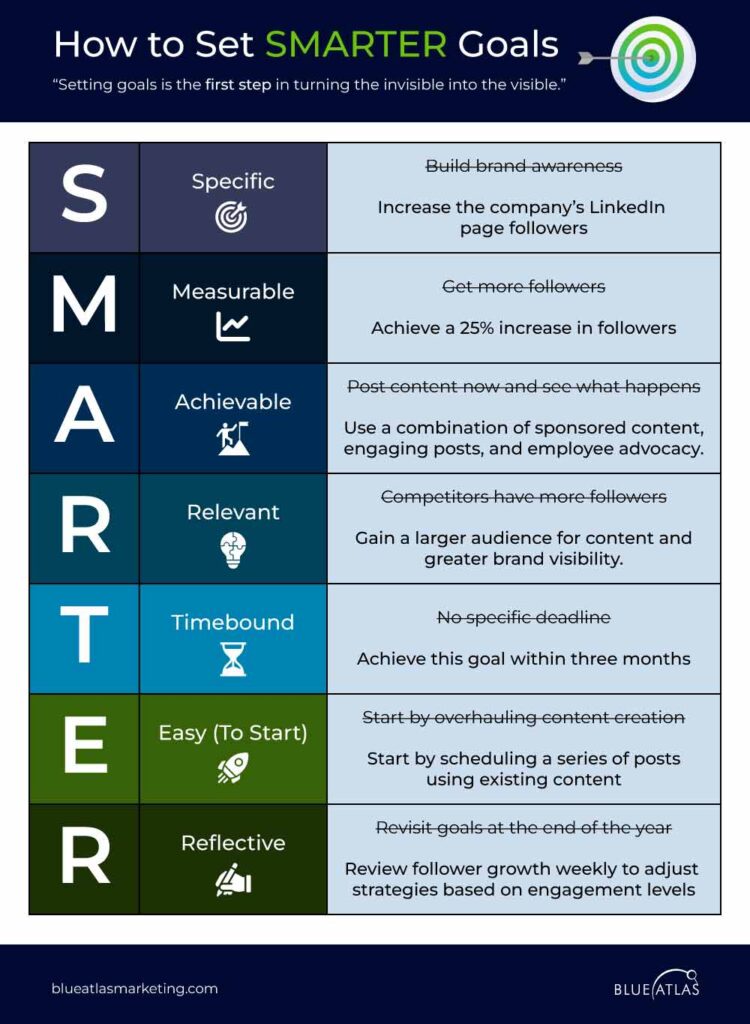
Setting clear goals and objectives is essential for a successful LinkedIn marketing strategy. Here’s a breakdown of the S.M.A.R.T.E.R. framework:
- Specific: Goals should be clear and well-defined. Ensure everyone understands the target.
- Measurable: Goals need to be quantifiable. This allows you to track progress and assess outcomes.
- Achievable: Goals should be realistically attainable, considering the resources and time available.
- Relevant: Goals must align with your broader business objectives. Ensure every effort contributes to the company’s overall mission.
- Time-bound: Goals should have a defined timeline to maintain focus and urgency.
- Easy to Start: Goals should be simple to initiate, preventing procrastination.
- Reflective: Goals should encourage regular evaluation and adjustment based on performance data.
Identifying and Analyzing Your Target Audience
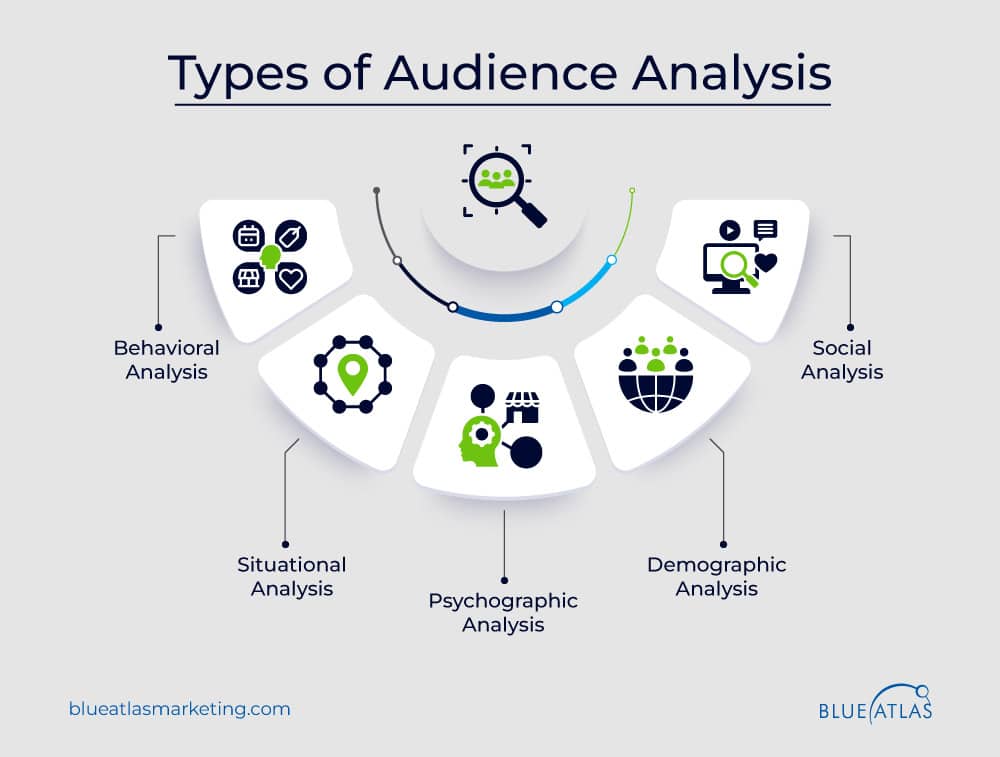
Understanding your target audience is crucial for tailoring your LinkedIn marketing efforts effectively.
To do this, start by examining demographic characteristics such as age, gender, location, education level, and occupation.
Next, assess social behaviors and interactions on LinkedIn to gain insights into how your audience engages on the platform.
Psychographic analysis helps you understand your audience’s values, interests, and lifestyles, enabling you to create content that resonates with them.
Situational analysis considers the context in which your audience interacts with LinkedIn.
Lastly, behavioral analysis observes their actions and engagement patterns.
By combining these approaches, you can develop a comprehensive understanding of your audience and tailor your marketing strategy to meet their needs.
Competitive Analysis and Benchmarking
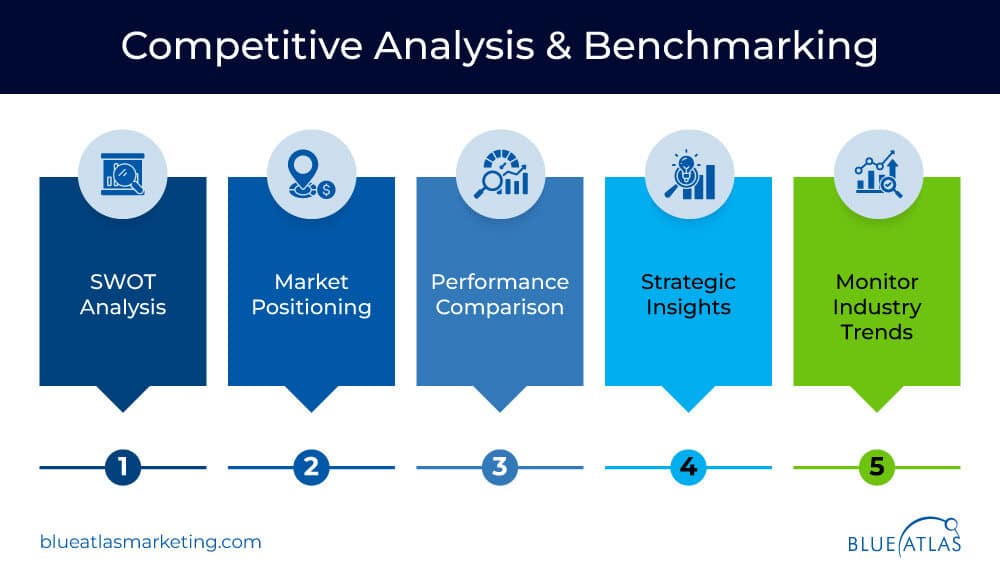
Analyzing competitors and benchmarking your performance is vital for staying competitive on LinkedIn. Effective strategies include:
- S.W.O.T Analysis: Evaluate your strengths, weaknesses, opportunities, and threats.
- Market Positioning: Understand where you stand in the market relative to competitors.
- Performance Comparison: Compare your performance metrics with those of competitors.
- Strategic Insights: Derive actionable insights from competitor strategies.
- Monitor Industry Trends: Stay updated on the latest industry trends to adapt your strategy accordingly.
Optimizing Your LinkedIn Profile and Company Page
Enhancing Profile and Company Page Visibility
Looking to enhance your presence on LinkedIn? Begin by creating a standout profile that highlights your expertise and accomplishments. Incorporate keywords thoughtfully to increase your visibility.
Don’t just sit back and watch – engage in discussions! Share your opinions, interact with posts, and foster authentic relationships. Receiving endorsements can also enhance your reputation.
Keep in mind that your LinkedIn profile serves as your online CV. Ensure it stays current and engaging to attract suitable contacts and leave a positive professional impact.
Craft a Compelling Professional Narrative
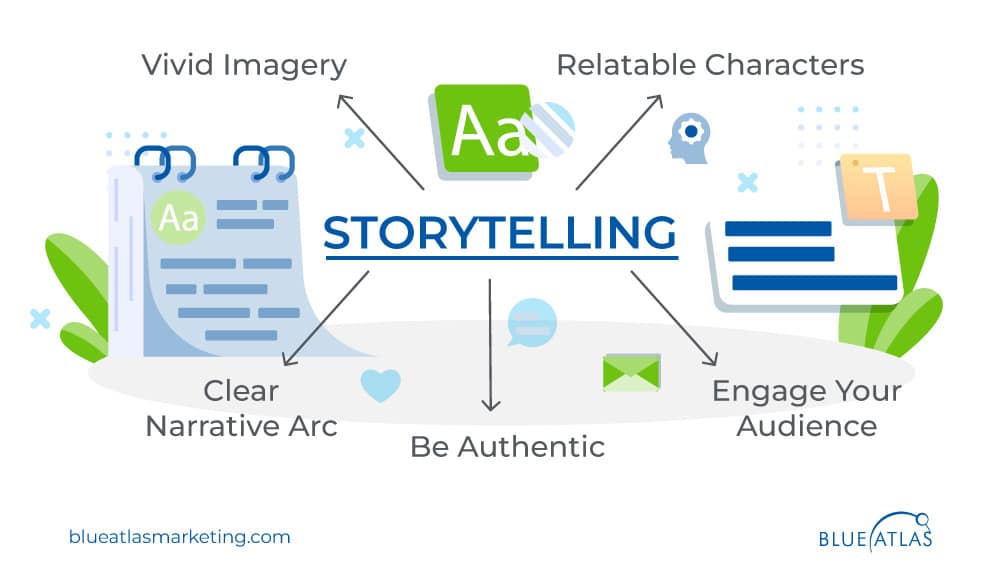
To craft a compelling professional narrative, start by understanding your audience. Identify their pain points, values, and motivations. Use this information to create a story that resonates with them. Here are some tips:
- Use Vivid Imagery: Paint a clear picture with your words.
- Relatable Characters: Introduce characters that your audience can identify with.
- Clear Narrative Arc: Ensure your story has a beginning, middle, and end.
- Be Authentic: Align your story with your brand’s values and mission.
- Engage Your Audience: Use a conversational tone to keep your audience engaged.
LinkedIn Content Marketing Strategy
Types of Content to Post
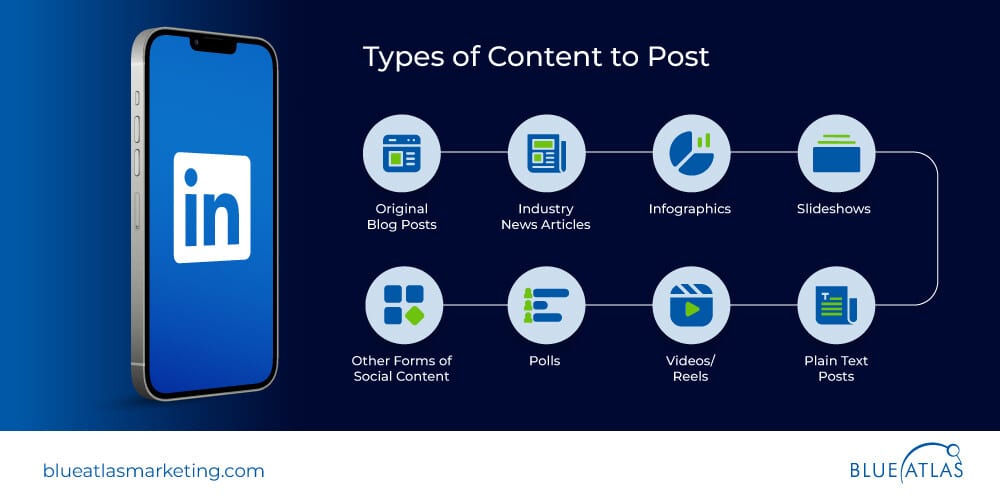
To maximize engagement on LinkedIn, it is essential to diversify the types of content you share. Here are some effective content types:
- Original Blog Posts: Share insights and expertise directly related to your industry.
- Industry News Articles: Keep your audience informed about the latest trends and news.
- Infographics: Use visual data representations to convey complex information quickly.
- Slideshows: Present information in an easily digestible, slide-based format.
- Plain Text Posts: Share quick updates or thoughts without the need for elaborate formatting.
- Videos/Reels: Capture attention with engaging and dynamic video content.
- Polls: Encourage audience interaction by posing questions and gathering feedback.
- Other Forms of Social Content: Experiment with different formats to keep your content fresh and engaging.
Creating Valuable and Shareable Content
Creating content that is valuable and shareable involves several key factors:
| Defining Viral Marketing Material | Understand what makes content go viral in your industry. |
| Understanding Your Audience | Tailor content to meet the needs and interests of your audience. |
| Content Creation and Ideation | Generate ideas that align with your audience’s interests and your marketing goals. |
| Leveraging Emotions in Content | Use emotional triggers to increase engagement and shareability. |
| Incorporating Visual Elements | Enhance your content with images, videos, and infographics. |
| Utilizing Social Media Platforms | Share your content across various platforms to increase its reach. |
| Encouraging User Participation | Create opportunities for your audience to engage and interact with your content. |
| Optimizing Content for Sharing | Make it easy for your audience to share your content with their networks. |
| Analysis and Iteration | Continuously analyze the performance of your content and make necessary adjustments. |
| Case Studies of Successful Viral Campaigns | Learn from past successful campaigns to refine your strategy. |
Maintaining a Consistent Posting Schedule
Building a strong LinkedIn presence takes planning and surely won’t happen at the snap of your finger.
To keep your audience engaged, you need a steady stream of interesting posts. Remember that timing is everything, so make sure to share your content at the right times.
Always double-check your posts before hitting publish to make sure they align with your goals. By following these simple tips, you can create a LinkedIn profile that keeps people coming back for more.
LinkedIn Engagement Tactics
Building and Nurturing Your Network
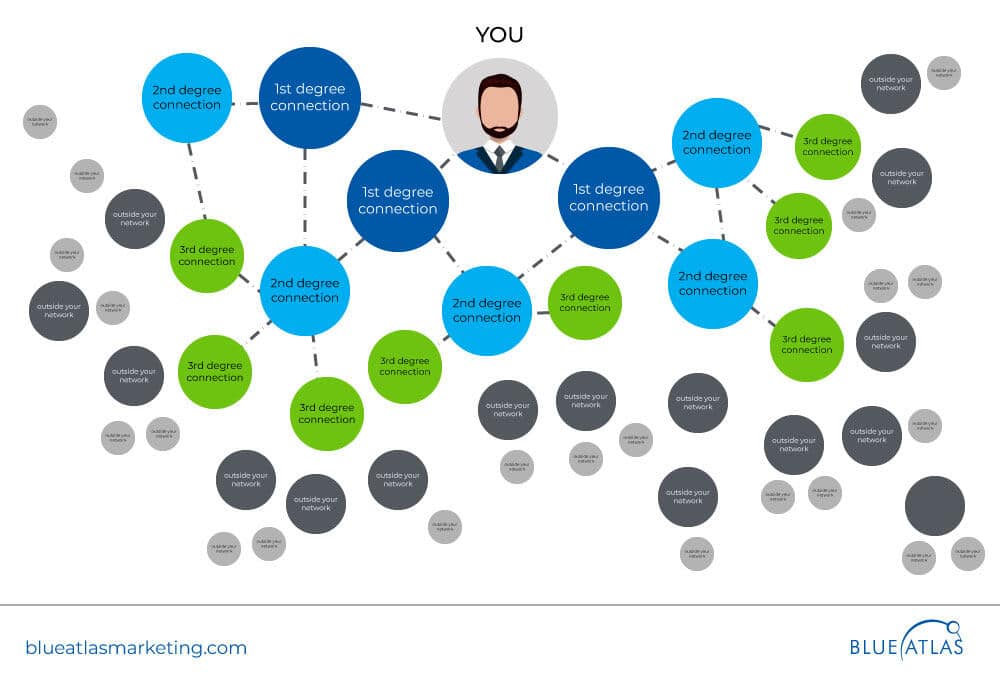
Sure, building connections on LinkedIn is a good start, but the real magic happens when you nurture those relationships over time. Regularly checking in shows you genuinely care about others’ success, which builds trust and loyalty – the foundation of any lasting connection.
The key? Offering value without expecting something right back. Sharing insightful articles, helpful resources, or even offering a hand can skyrocket your reputation and build lasting credibility with your network.
Focusing on cultivating meaningful relationships can transform those connections into valuable partnerships, mentorships, or collaborations that fuel your marketing efforts.
Effective Use of LinkedIn Groups
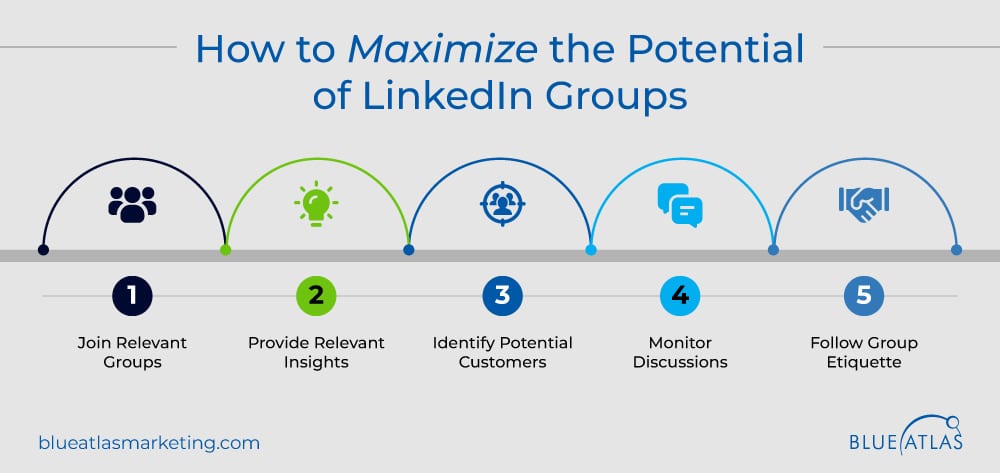
LinkedIn Groups can be a goldmine for B2B marketing if used correctly. Here are some tips to maximize their potential:
- Join Relevant Groups: Participate in groups that align with your industry and target audience.
- Provide Valuable Insights: Contribute to group discussions with valuable insights and information.
- Identify Potential Customers: Use groups to identify potential leads and customers.
- Monitor Discussions: Keep an eye on discussions for keywords and phrases related to your products or services.
- Follow Group Etiquette: Adhere to group rules and etiquette to ensure a positive experience for all members.
Personalizing Connection Requests and Messages
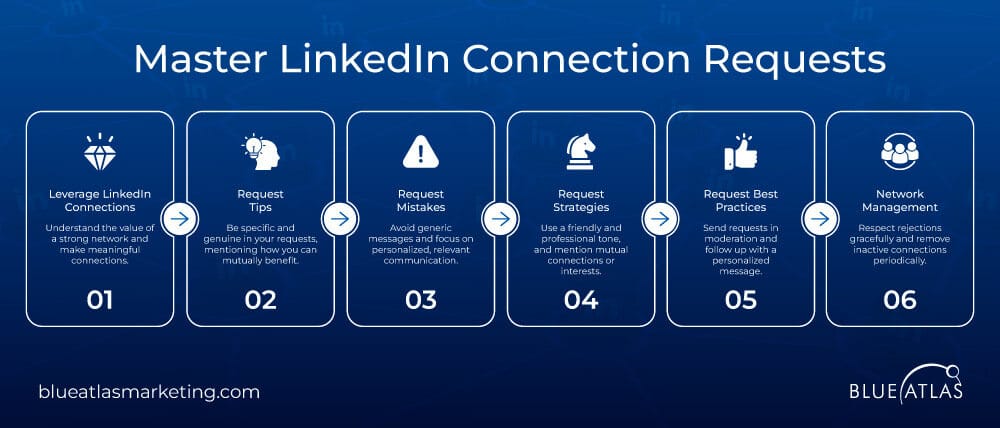
Effective personalization can significantly increase your success rate with connection requests and messages. Here’s how to master it:
| The Power of LinkedIn Connections | Understand the value of a strong network and make meaningful connections. |
| What To Say in Your Connection Request | Be specific and genuine in your requests, mentioning how you can mutually benefit. |
| What To Avoid in Your Connection Requests | Avoid generic messages and focus on personalized, relevant communication |
| Strategies for Crafting Effective Connection Requests | Use a friendly and professional tone, and mention mutual connections or interests. |
| Best Practices for Sending Connection Requests | Send requests in moderation and follow up with a personalized message. |
| Handling Rejections and Inactive Connections | Respect rejections gracefully and remove inactive connections periodically. |
Leveraging LinkedIn Ads
Understanding Different Ad Formats
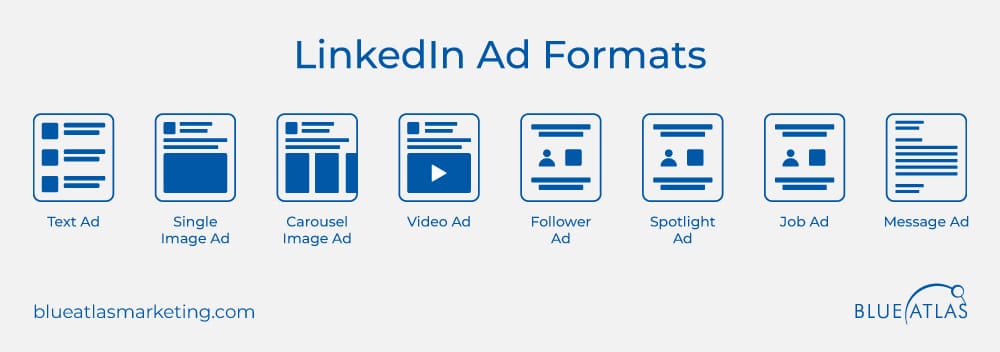
LinkedIn offers a variety of ad formats to help businesses reach their target audience effectively. These formats include:
- Text Ad: Simple, concise ads that appear on the LinkedIn homepage.
- Single Image Ad: Ads featuring a single image displayed in the LinkedIn feed.
- Carousel Image Ad: Allows multiple images in a single ad, providing more storytelling opportunities.
- Video Ad: Engaging video content displayed in the feed.
- Follower Ad: Designed to increase LinkedIn company page followers.
- Spotlight Ad: Personalized ads that appear on the LinkedIn desktop.
- Job Ad: Advertisements for job vacancies.
- Sponsored Messaging/Message Ad: Direct messages sent to LinkedIn members.
- Document Ad: Promotes downloadable documents, like whitepapers or ebooks.
- Dynamic Ad: Personalized ads that adjust based on the viewer’s profile.
These diverse ad formats allow marketers to create tailored campaigns that resonate with their specific audience, maximizing engagement and conversion rates.
Creating Targeted Ad Campaigns
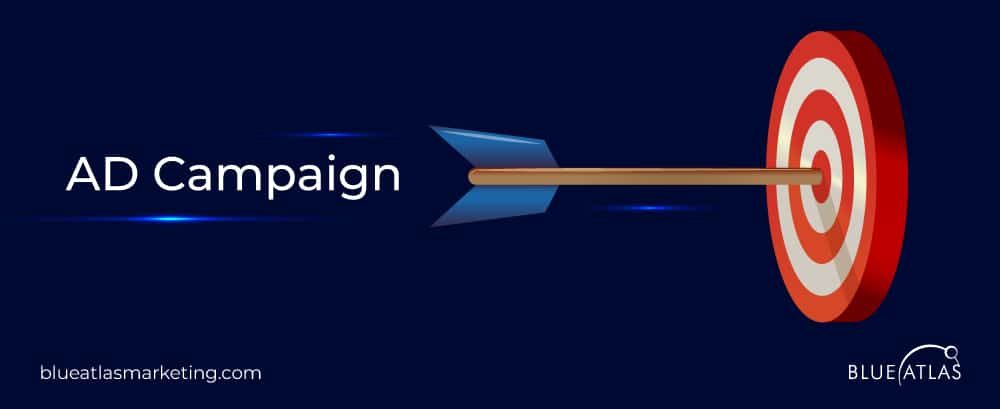
Crafting successful LinkedIn marketing campaigns requires a thoughtful strategy, so hang in there. Start by outlining your objectives—whether enhancing brand recognition, generating leads, or directing traffic to your website.
Then, utilize LinkedIn’s diverse targeting capabilities to connect with your preferred audience based on job roles, industries, and company sizes.
Establish a transparent budget and campaign timeline to ensure you remain within financial boundaries while accomplishing your objectives. Your advertisement content should be compelling and interesting, blending attention-grabbing visuals with concise messaging.
Lastly, initiate your campaign and closely monitor its performance. Make modifications as necessary to enhance outcomes.
This process of monitoring and modifying your campaign is where you’ll feel the most accomplished as you see the impact of your efforts on your business.
Advanced LinkedIn Strategies
Utilizing LinkedIn Automation Tools
Automation tools can significantly enhance your LinkedIn marketing efforts by streamlining various tasks. Here are some top LinkedIn automation tools to consider:
| Automation Tool | Pricing | Features | Who They’re For |
| Expandi | Expandi starts at $99/seat per month and offers a free 7-day trial to discover the best all-in-one sales automation software. | Advanced targeting, personalization | B2B marketers, sales professionals |
| Hyperise | It offers 3 plans: Images – $69 / per seat – monthly +Websites – $99 / per seat – monthly +Videos – $149 / per seat – monthly. | Personalized images in outreach | Digital marketers, sales teams |
| Phantom Buster | Depending on your requirements, Phantombuster can cost anywhere from $0-$900. | Data extraction, automation | Lead generators, content marketers |
| Clay | Clay starts at $0/month and goes up to $800/month | Scaling personalized outreach campaigns | Large enterprises, marketing agencies |
| LinkedIn Sales Navigator | LinkedIn Sales Navigator pricing looks like this: LinkedIn Sales Navigator Core: $99/month or $959.88/year (save 20%) LinkedIn Sales Navigator Advanced: $149/month or $1,300/year (save 20%) LinkedIn Sales Navigator Advanced Plus: Starting at $1600/seat per year. | Advanced search, filtering options | Sales teams, recruiters |
| Dux-Soup | Dux-Soup offers 3 pricing models: Free. Professional – $11.25 per user/month. Turbo – $41.25 per user/month. | Profile visits, connection requests | Freelancers, small businesses |
| MeetAlfred | Alfred offers 3 pricing options: Essential – $29/month. Advanced – $59/month. Professional – $119/month. | Multi-channel outreach | Growth hackers, digital agencies |
| Demand AI | In general, the pricing for Demand starts at $49/user/month. In addition, there are four pricing suites available: Starter Suite – $209/month. Pro Suite – $659/month. Enterprise Suite – $1599/month. Custom + Suite – custom pricing. | AI-optimized messaging | AI enthusiasts, tech companies |
| We-Connect | WeConnect has a very straightforward pricing model. It’s $49 per user/month. | Connection automation, follow-ups | Network builders, consultants |
| Dripify | To try the tool with its limited functionality, you can use a seven-day free trial. To get the most out of Dripify, choose between these pricing packages: Basic – $59/month. Pro – $79/month. Advanced – $99/month. | Lead generation automation | B2B marketers, business owners |
Integrating CRM Systems for Enhanced Efficiency
Integrating CRM systems with LinkedIn marketing efforts can enhance efficiency and effectiveness. Here are key strategies:
- Automated Customer Segmentation: Segment your audience automatically to tailor your marketing efforts to specific customer needs.
- Personalized Communication: Engage customers with tailored messages that resonate with their interests and needs.
- Lead Scoring and Management: Prioritize and nurture leads based on their potential value and readiness to purchase.
- Feedback Loops and Continuous Improvement: Use customer feedback to refine and improve your marketing strategies continuously.
By integrating these advanced strategies, businesses can optimize their LinkedIn marketing efforts, improve customer engagement, and drive better results.
Measuring Success
Key Metrics and KPIs to Track
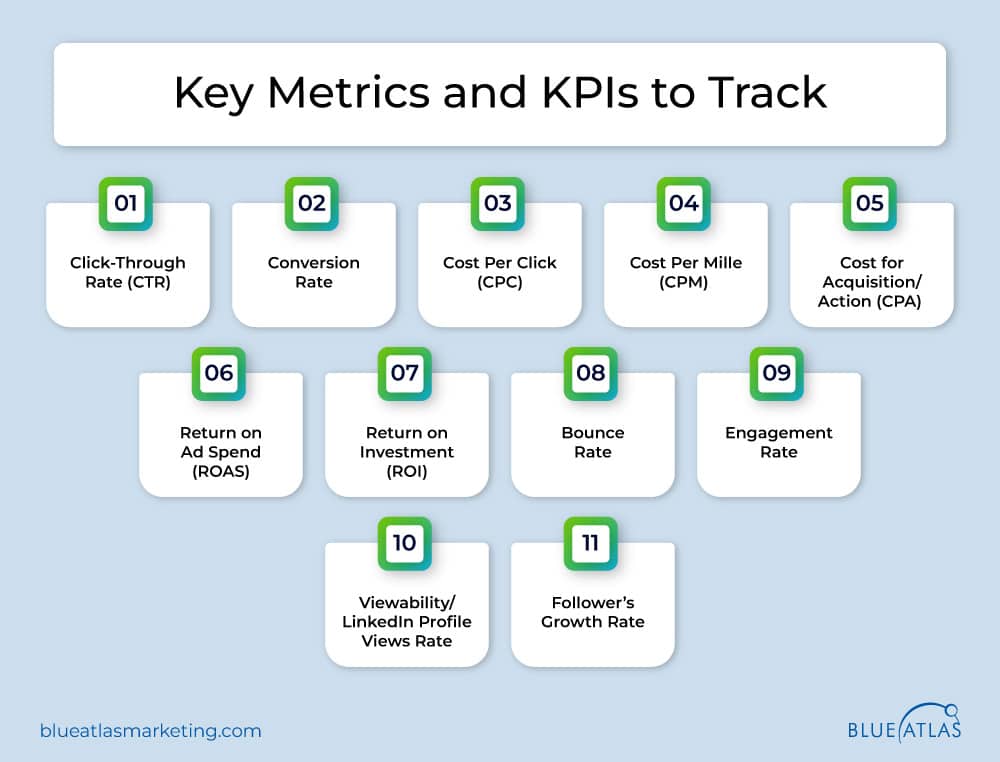
Measuring the success of your LinkedIn marketing efforts requires tracking various key metrics and KPIs. Here are some essential indicators to consider:
- Click-Through Rate (CTR): Measures the percentage of people who click on your ad or post.
- Conversion Rate: Tracks the percentage of visitors who complete a desired action, such as filling out a form or making a purchase.
- Cost Per Click (CPC): Indicates how much you pay for each click on your LinkedIn ads.
- Cost Per Mille (CPM): Measures the cost per thousand impressions, useful for brand awareness campaigns.
- Cost for Acquisition/Action (CPA): Calculates the cost associated with acquiring a new customer or getting them to take a specific action.
- Return on Ad Spend (ROAS): Evaluates the revenue generated from your ad campaigns relative to the amount spent.
- Return on Investment (ROI): Assesses the overall profitability of your LinkedIn marketing efforts.
- Bounce Rate: Shows the percentage of visitors who leave your website after viewing only one page.
- Engagement Rate: Tracks interactions with your content, such as likes, comments, and shares.
- Viewability/LinkedIn Profile Views Rate: Measures how often your LinkedIn profile or page is viewed.
- Follower’s Growth Rate: Monitors the increase in your LinkedIn followers over time.
Analyzing LinkedIn Analytics for Insights
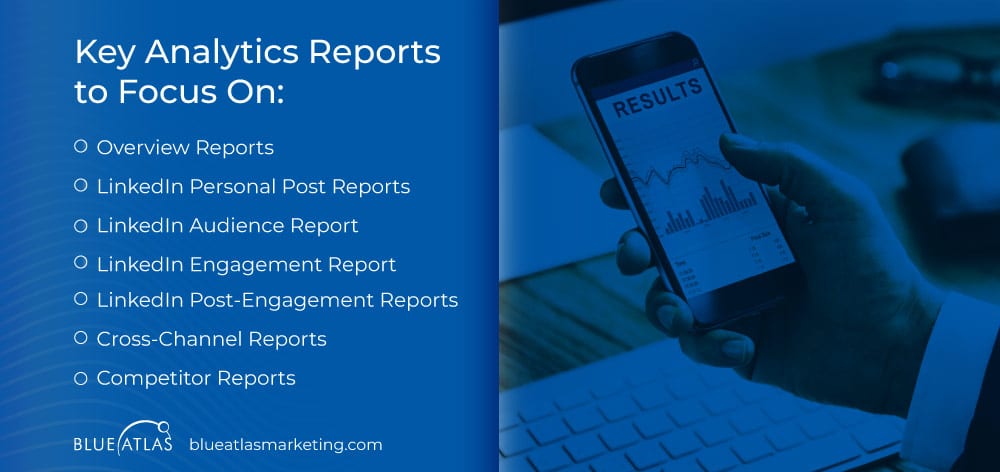
Analyzing LinkedIn analytics is crucial for gaining actionable insights and refining your marketing strategy. Here are key reports to focus on:
- Overview Reports: Provide a high-level summary of your LinkedIn activity and performance.
- LinkedIn Personal Post Reports: Detail the performance of individual posts, including engagement and reach.
- LinkedIn Audience Report: Offers insights into your audience demographics and behaviors.
- LinkedIn Engagement Report: Tracks interactions with your content, helping you understand what resonates with your audience.
- LinkedIn Post-Engagement Reports: Analyze engagement metrics for each post to identify successful content.
- Cross-Channel Reports: Compare LinkedIn performance with other social media platforms to gauge overall strategy effectiveness.
- Competitor Reports: Monitor competitor activities and performance to benchmark your own efforts.
Using these reports, you can convert your analytics into actionable insights, enabling you to adjust your strategy based on performance data. This continuous improvement process ensures that your LinkedIn marketing efforts remain effective and aligned with your business goals.Adjusting Your Strategy Based on Performance Data
Adjusting Your Strategy Based on Performance Data
The key to rocking LinkedIn marketing is being adaptable. Regularly check your results to see what’s working and what’s not – think of it like checking your GPS on a road trip. Need to adjust your route based on traffic? Same goes for your content!
If your posts aren’t getting much buzz, try new formats or tweak your targeting. Don’t be afraid to experiment! Once you find a winning strategy, keep an eye on the results to make sure it’s still working its magic.
Speaking of magic, engaging with your audience is a real game-changer. Talk to them, see what kind of content they dig – it’ll help you refine your approach and keep them interested.
Finally, stay on top of industry trends and what your competitors are doing. Things move fast on LinkedIn, so be ready to adapt! By making data-driven tweaks, sparking conversations with your audience, and staying in the know, you can ensure your LinkedIn marketing strategy stays effective and brings you long-term success. Now go crush it out there!
Frequently Asked Questions (FAQs)
How often should I post on LinkedIn?
Posting regularly on a social media marketing platform like LinkedIn is key to maintaining visibility and engagement. Aim to share new content at least 2-3 times per week to keep your audience engaged without overwhelming them.
What types of content perform best on LinkedIn?
LinkedIn users respond well to a mix of content types, including articles, videos, infographics, and polls. The LinkedIn algorithm favors content that provides value, such as industry insights, tips, and thought leadership pieces, which tend to perform particularly well.
How can I increase my LinkedIn engagement?
To boost engagement, focus on creating high-quality, relevant content that resonates with your targeted audience. Implement a content strategy that encourages interaction by asking questions, responding to comments, and participating in group discussions. Personalize your connection requests and messages to build stronger relationships with your audience.
What is the best way to use LinkedIn Ads?
LinkedIn Ads can be highly effective when targeted correctly. Start by clearly defining your campaign goals and audience. Use a mix of ad formats, such as Sponsored Content, Sponsored InMail, and Text Ads, to reach your target audience. Continuously monitor and adjust your campaigns based on performance data.
How do I measure the success of my LinkedIn marketing efforts?
Key metrics to track include click-through rates (CTR), conversion rates, engagement rates, and return on investment (ROI). Use LinkedIn Analytics to gather insights and adjust your strategy based on what’s working.
A killer LinkedIn marketing plan can significantly boost your brand’s visibility, engagement, and lead generation. It all starts with setting clear goals.
Once you know what you’re aiming for, you can identify your target market, explore LinkedIn ads, and leverage LinkedIn marketing tools to simplify the process. Regularly measuring results ensures you stay on track.
Navigating this can get a bit complicated, but that’s where Blue Atlas Marketing comes in!
We specialize in crafting custom LinkedIn marketing strategies that deliver results. Want to turn your LinkedIn page into a lead-generation machine?
Let’s chat! We can help you optimize your presence and achieve your business marketing goals, ensuring you stand out in search engines and reach your target market effectively.

